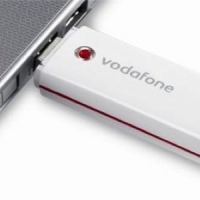Need advice? Call our experts free on
0800 090 1342
Ofcom recommends 600 and 700MHz bands for mobile broadband
Ofcom has identified more frequency that could be used for mobile broadband services.

Recommendations to free up additional airwaves for mobile broadband were made as the regulator believes demand for mobile data capacity will see an 80-fold increase between 2012 and 2030 under a "mid-level growth scenario".
If Ofcom's forecast for high growth proves accurate, demand will rise 300-fold over the same period.
As a result, the telecoms watchdog believes it would be most appropriate to reserve the 600 and 700MHz bands for mobile broadband, rather than allow them to be used for alternative services such as delivering digital TV and powering white space devices.
A consultation on the matter, which is set to run until June 7th, explained that the airwaves are unlikely to be available until 2018 at the earliest due to the time required to repurpose existing spectrum.
This process can sometimes take more than a decade, particularly if current users of the spectrum must be considered and new international agreements are required.
"In contrast, the pace of innovation and change in the communications sector is accelerating," Ofcom said. "In particular, there is an unprecedented growth in the demand for mobile broadband capacity."
"We consider that this strategic approach is a crucial step towards ensuring the best possible use for these important bands over the long term."
Ofcom is not the only organisation to warn of a significant increase in mobile broadband usage over the coming years.
According to telecom services provider Ericsson, mobile data traffic is set to grow tenfold between 2011 and 2016, with this increase largely expected to be driven by video streaming.
Mobile broadband subscriptions will grow from 900 million in 2011 to almost five billion in four years' time, Ericsson claimed.
By this time, around 60 per cent of mobile traffic will come from users living on less than one per cent of the world's total land area.
